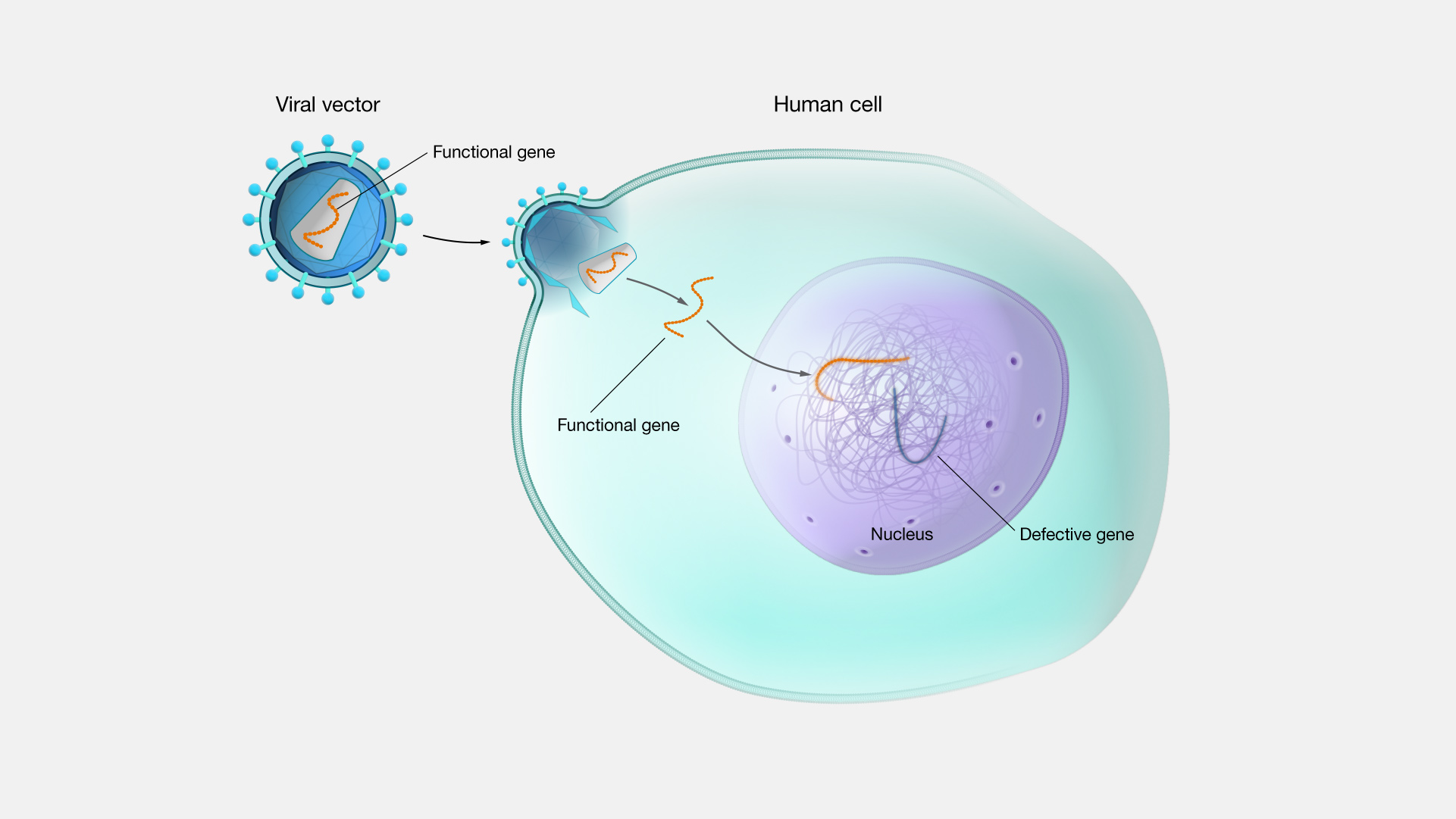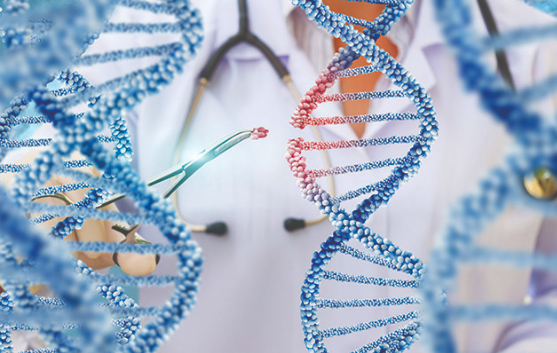The transmembrane serine protease 3 (TMPRSS3) gene plays an important role for many of us. It gives important instructions to the body that tell it how to manufacture a protein which helps keep our cells healthy and properly functioning. When this enzyme is produced by the body, it cuts other proteins, helping with activity like cell growth, communication and overall immunity. Put simply, this particular gene works as a biological switch allowing necessary reactions to occur while keeping other reactions in check – all of which are necessary for daily life and overall health.
The TMPRSS3 gene is responsible for providing instructions to create proteins associated with hearing, so when there is a mutation, hearing function becomes compromised. Mutations in this gene are passed on genetically which puts children at a high risk of being born with some form of hearing loss if their parents carry the mutation. Early detection of TMPRSS3 mutations through molecular genetic testing allows medical professionals to make early interventions that are vital to helping those affected protect their hearing as much as possible.
This is why Rescue Hearing is creating gene therapies for individuals who have TMPRSS3 gene mutations. Gene therapy allows for new copies of mutated genes to be scientifically delivered to cells so that they can produce the correct proteins. This will exponentially help mitigate symptoms of hearing loss, such as ringing in your ears (tinnitus), so that individuals with TMPRSS3 mutations feel more relieved and experience less fatigue and stress.
TMPRSS3 mutations are not the only genetic mutations that lead to hearing loss, however, this has been the sole focus for RHI. Soon, RHI will be able to expand into a gene therapy source for multiple genetic mutations that lead to hearing loss. RHI100 is a multi billion-dollar gene therapy product currently focused on TMPRSS3 mutations.

Here’s how the gene therapy process works.
A gene encoding a therapeutic protein can be packaged into AAV and delivered to cells in tissues such as the liver, the eye, the brain, or the ear. AAV, or Adeno-associated viruses, infect humans and depend on helper viruses for replication and productive infection. Once inside the cell, the gene is unpacked from the virus coat, or capsid, and can then enable that cell to make the therapeutic protein. AAV can be manufactured at a large enough scale for use as a human therapeutic.
Gene therapy is revolutionizing hearing loss for those with genetic hearing loss, bringing about improvements and a better quality of life. In contrast to hearing aids and implants that help mute hearing loss, gene therapies work at a cellular level to completely change the way the hearing loss is experienced.
This innovative aid provides individuals with varying ranges of hearing loss, whether that be severe or not, more comfort and better hearing by surgically inserting genes into their inner ear cells and restoring hearing in cases where any other treatment is not an option. By fostering long-term solutions rather than temporary fixes or regimens of care, many patients are able to receive secure lifelong protection from hearing loss concerns.
This technology also brings forth a range of opportunities (such as employment and social activities) that were not possible before. Although gene therapy can be complex, it provides a myriad of benefits to people with genetic hearing loss.
-RHIposthttps://rescuehearing.com/tmprss3-mutation-what-it-is-and-how-it-relates-to-genetic-hearing-loss/

